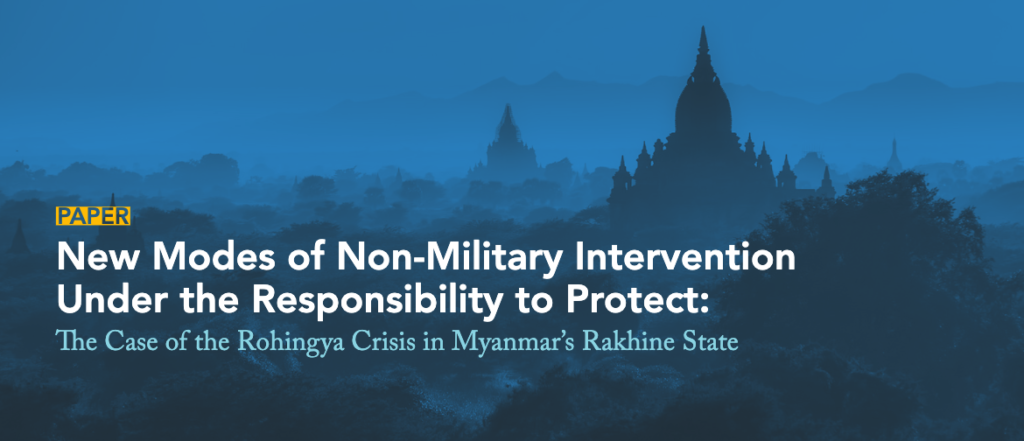The Responsibility to Protect (R2P) is a new and evolving principle in international politics and international law, derived from the concept of humanitarian intervention in the 1990s. At the time, the international community failed to prevent or deal with some of the sovereign countries in the outbreak of the conflict and humanitarian crisis, so the then UN secretary-general, Kofi Annan called on the international community at the UN Millennium Summit in 2000 to deal with serious and systematic human rights violations as such behaviors affect our common humanity faith. With the support of the government of Canada, the International Commission on Intervention and State Sovereignty (ICISS) was established in 2001. Co-chaired by Australia’s former Foreign Minister Gareth Evans and Algerian Diplomat Mohamed Sahnoun, ICISS has a total of 12 committee members from a number of countries. The commission released its report in December of that year, which assessed previous theories and practices of “humanitarian intervention,” developed for the first time the concept of “the responsibility to protect” and called on the international community to take responsibility for protecting people suffering from genocide and mass atrocities. The 2005 UN World Summit adopted the outcome document on the “responsibility to protect”, which means that all countries in the world have unanimously agreed and accepted the principle of “the responsibility to protect”. Since then, the “responsibility to protect” has increasingly appeared in the resolutions of the United Nations General Assembly, the Security Council and the Human Rights Council. Ban Ki-moon, then UN Secretary-General, first appointed a special adviser on the responsibility to protect in 2008. The job of the adviser is to report to the Secretary-General on the implementation of the principle, and since 2009 the adviser has issued an annual report on the responsibility to protect to the General Assembly to promote its implementation. After the Rohingya crisis broke out in Rakhine State in western Myanmar in 2012, some international organizations and countries called for intervention following the “responsibility to protect” principle to protect the Rohingya people. Some even called for military intervention in Myanmar. Why did they propose to apply the “responsibility to protect” to Myanmar? What impact will this discourse system have on Myanmar’s politics? Through the case of the Rohingya crisis, the author tries to clarify the connotation of the “responsibility to protect” and its non-military intervention means, as well as its potential significance for Myanmar and international politics.
(Read the full paper at the link above)
This paper was originally published in Chinese in Issue 1 of《南亚研究》[South Asian Studies] in 2019. It was translated and posted with permission from the author.
Zhu Xianghui is Associate Research Fellow at the Myanmar Research Institute & Center for China’s Neighboring Diplomacy Studies, Yunnan University, China.

